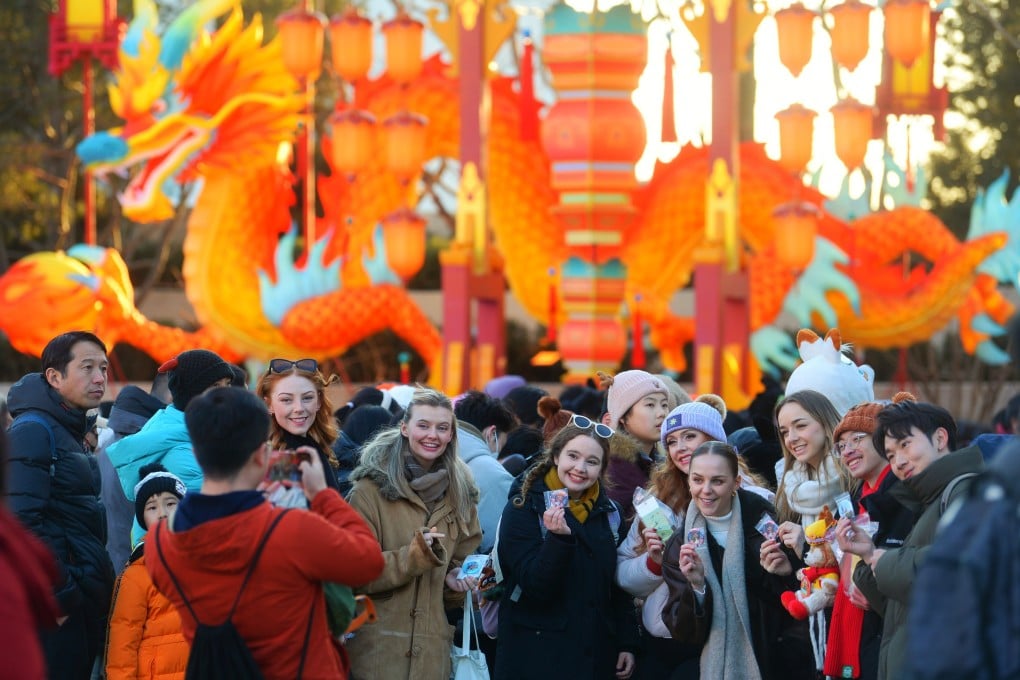China travel: cashless-society shift hits foreign tourists who really want to open wallets and spend
- Paying for everything from daily goods to big-ticket items with mobile devices in China rapidly became fast and convenient for Chinese people, but foreigners feel left out
- Outsiders who rely on cash and credit cards when travelling say troublesome restrictions on digital payments and international cards create undue ‘challenges’

Travelling to multiple Chinese cities late last year, Derek Cheung, an investor from Singapore, found himself having trouble making simple, everyday payments in China’s increasingly cashless society.
When he ate at restaurants where QR payment codes were registered to individuals instead of merchants, he could not use WeChat Pay – one of China’s major mobile payment services – as the payment-service provider restricts individual transfers to accounts linked with international cards.
After Cheung’s local friends paid for him, he ended up reimbursing them in Singaporean dollars via a bank transfer from back home, since WeChat Pay restricts interpersonal transactions for non-Chinese card users.
Meanwhile, using cold, hard cash was cumbersome as he bounced around between the provinces of Fujian, Guangdong and Sichuan. In the end, he mainly only opened his wallet to pay street vendors, but even stall operators and hawkers often prefer mobile payments. They rarely accept international cards, and Cheung found that many did not offer change for cash transactions.
“Frankly, I see it as a challenge that comes with being a foreign tourist,” Cheung lamented. “China’s payment methods cater largely to locals.”
These types of payment issues that Cheung and other outsiders encounter pose a big challenge for Beijing to foster people-to-people exchanges as part of wider efforts to improve foreign relations and boost the nation’s economic recovery.